Travelin' Man
Inside the Amazon rainforest: Where the wonders — and the fight for survival — never cease
The amazon rainforest remains one of the most wondrous and mysterious places on the planet. CultureMap's Travelin' Man Stephan Lorenz takes us deep inside the forest for an extensive insider look.
In the weak morning light filtering through giant trees looming above, we sensed life all around us. Within shadowy recesses we heard animals stirring, a shy mammal skittered through the leaf litter and further along a peccary walked through the underbrush, teeth clacking. We stared in the direction of the noise, seeing nothing but a cornucopia of leaves.
All around us birds were in full song, promoting their virtues to potential mates or settling territorial disputes.
With the morning air still cool and the trail flat, we made good time to the base of the observation tower, a 150 feet metal structure that offered the chance to study one of the most biologically diverse places on the planet from a unique angle. I saw stairs rising straight up through the distant canopy and the first orange rays of sunlight hitting the top of the tower. I climbed quickly and carefully on the steps soaked in dew, but the spectacular view that opened up pulled me higher and higher, until I reached the top platform.
While many animals thrive here, it is important to realize that this is a wild place.
For a few moments I was out of breath and stunned by the vista — 360 degrees of unbroken rainforest. I saw the tops of emergent trees that I only suspected from the trail, one even reaching towards the full height of the tower. Low ridges, covered in unique tropical dry forest, undulated through the carpet of green and somewhere below the black waters of the Rio Cristalino carved a meandering course.
In the forest the whistles, tremolos, squawks and squeaks reached their midmorning crescendo.
Heavy mist rose from the trees and began to burn off in the warming air. A screech alerted us to half a dozen macaws, the largest most colorful parrots in the Neotropics, flying in the distance. The birds veered towards the tower and passed almost directly below. We stared in disbelief at the reds, yellows, and blues sweeping above the greenery.
During the morning we saw numerous kinds of parrots of all color combinations. Parrots came in singles, pairs, or large flocks, fanning out across the pristine forest to find a favored fruiting tree or nest site.
Birds only heard from the trail far below were clearly visible from the top of the tower, specks of color flying from tree to tree, occasionally perching long enough to be admired in detail. The last tatters of mist succumbed to the full force of the sun and a violent shake of a nearby tree caused us to look closer. A troop of spider monkeys was on the move, acrobatically swinging from branches and leaping across gaps in the canopy. Occasionally one paused, just hanging by its tail, and looked at us.
These were large monkeys, with black bodies and long limbs, their large eyes offset by white cheeks and forehead. Unfortunately, like much large wildlife in the Amazon, this species is endangered, but the Cristalino Reserve provides a safe haven for its emblem, the endemic white-whiskered spider monkey.
The monkeys moved on and the birds settled for the day as the temperatures rose. We climbed back down the tower into welcomed shade of the forest understory. With better light the forest revealed some of its hidden secrets and we came across the weird lanternflies clinging to the trunk of a tree, a ghost bat waiting out daylight below a palm frond, and myriad other creatures making a living on the forest floor.
Rest and onto the river
Arriving at the riverbank, we waited a few moments for the boat to take us back across. I looked back at the forest. Heavy, dense, with trees climbing out of sight, somewhere a bird was calling and the shaking branches could have been wind or more monkeys. I realized that our visit had barely created ripple, which only washed 10 or 20 feet into the jungle before quickly dissipating.
The place was beautifully wild with its native denizens unconcerned by our presence. We were privileged visitors and with luck and patience some of the plethora of rainforest life would reveal itself.
The river offered a new perspective, with egrets frozen on rocks, patiently waiting for a meal to reveal itself.
We were fortunate enough to spend a few days at the famous Cristalino Jungle Lodge tucked neatly into primordial rainforest along the banks of the Rio Cristalino in Mato Grosso, Brazil. This private reserve offers access and protection to one of the most unique regions in the Amazon basin. To offer a few statistics, more than 1,600 species of butterflies and 600 species of birds have been found here alone.
Add sizeable populations of large mammals, pristine forest and an intact ecosystem, nearly unending diversity opens up to the visitor. The reserve protects nearly 30,000 acres and provides a vital link in a threatened ecosystem.
Back at the comfortable lodging, we alternated between lounging in the shade with a cold drink and dipping into the refreshing waters of the Rio Cristalino. Wildlife came and went. A troop of brown capuchin monkeys plucked fruit from trees surrounding the lodge, completely unperturbed by visitors. In the tea colored water, typical of black water rivers, we could see to the shallow sandy bottom and watched fish, well-known in aquariums, make their living here.
By noon, we wandered to the restaurant built on a large wooden deck that also houses an interpretive center, library and plenty of lounging chairs. The well-earned lunch featured everything from salads to delicious meats and would provide strength for the afternoon.
When I woke up from the afternoon nap I had to pinch myself, but no, I was not dreaming. The beautiful bungalows sat in a small clearing with rainforest — with all its life starting just a few paces distant. After the morning hike and climb a leisurely boat tour was on order. We settled into our seats and the expert guide nosed the jon boat carefully upstream. The river offered a new perspective, with egrets frozen on rocks, patiently waiting for a meal to reveal itself.
A large furry head emerging from the water close to the forested bank was the first of four, as a family of giant otters easily kept pace with the boat. We slowed down and watched the antics of the animals, as they clambered up and down steep banks. Dove and reemerged with a fish and climbed a log to eat in peace.
Further upstream we could not believe our luck when we spotted a lowland tapir swimming across the river. At 600 pounds it is the largest native herbivore. It was surprisingly adept at swimming and diving, reappearing near the bank where, on the third try, it finally hove itself into the forest and out of sight. We wanted to continue upstream as surprises waited around each bend, but days end early in the tropics and by five we turned around and retraced our course.
Bats fluttered close to the water and in the fading light we kept a close eye on the river margin, hoping to spot another animal.
And into the night
After another scrumptious meal we walked down to the boat landing along the Rio Cristalino. Fireflies danced in the darkness across the river and the forest brooded above silently, except for the soft hooting of a distant owl. We drifted downstream for some time, our guide pointing out large caimans and small frogs along the shoreline. As the spotlight swept into a gap in the black forest, two bright eyes stared back at us, large and luminous and unmoving.
For a few moments I was out of breath and stunned by the vista — 360 degrees of unbroken rainforest.
With the engine cut, the boat edged closer, but eventually the animal turned, the bright orbs disappearing in the silent darkness. We debated all the way back to the boat landing: A small cat maybe, a deer, or possibly even a black jaguar. Walking back to the chalets for the night, distant howler monkeys roared under the full moon and while we were tired from the excursions we could not wait to see what the next day would hold in store for us.
Closer than you think
With direct flights from Houston to Brazil the Amazon rainforest is easier to reach than one may think. Once in Sao Paulo for example, it is possible to leave in the morning and sleep in the Cristalino rainforest the same day. An internal flight will bring visitors to Cuiaba and a short connecting flight to the city of Alta Floresta, which provides the gateway to the southern Amazon. From here the trip continues via jeep or van to the Teles Pires River and the end of the road.
A 20 minute boat ride across the Teles Pires and up the Rio Cristalino completes the journey and quickly leaves civilization behind. Once in the forest, expert guides will interpret the flora and search for hidden fauna and the welcoming staff will make anybody feel right at home. The Cristalino Reserve ensures the survival of some of the most magnificent and threatened ecosystems in South America and while many animals thrive here, it is important to realize that this is a wild place.
It requires patience and luck to observe wildlife. It is important to enjoy the interplay of everything here, from the smallest ant to the largest trees. Also, while visiting this corner of Brazil it is also worthwhile to add a trip to the Pantanal from Cuiaba.
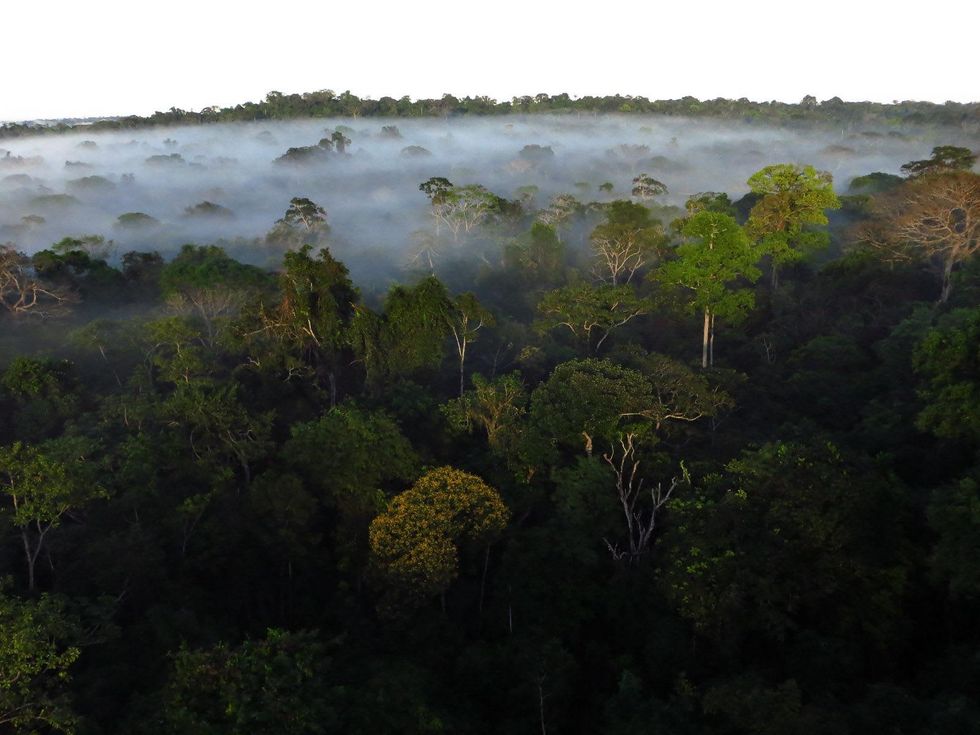
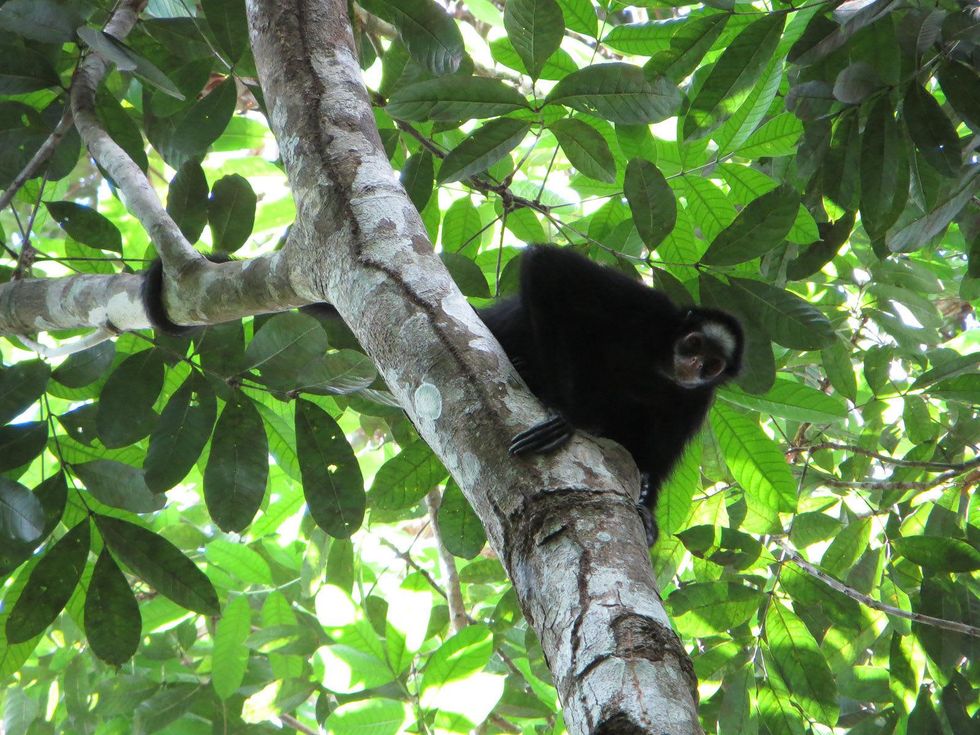

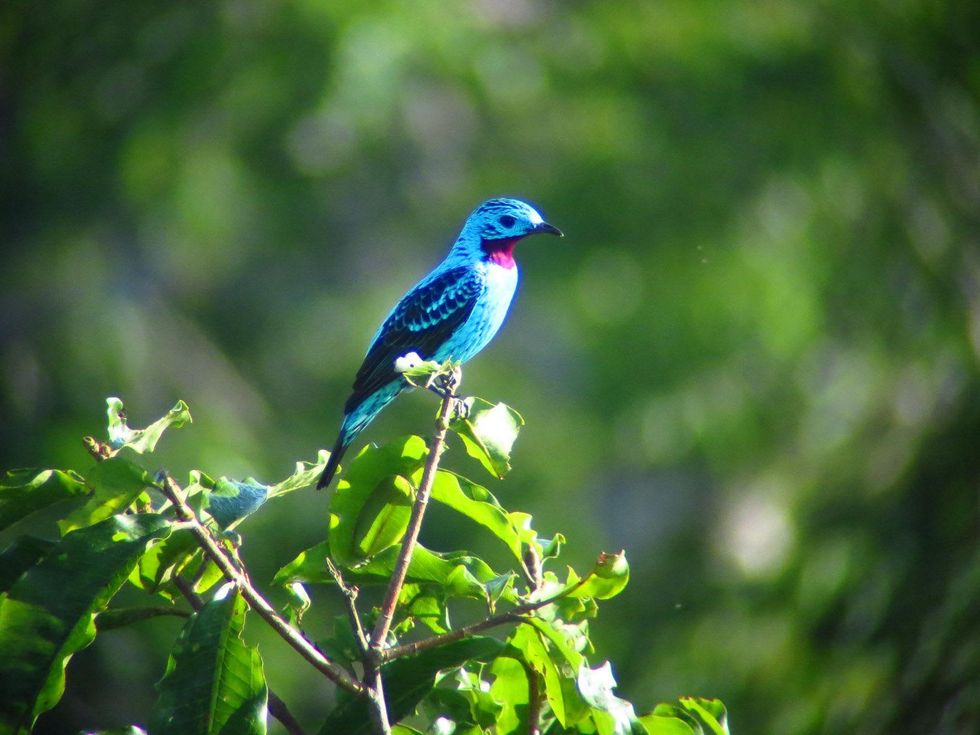
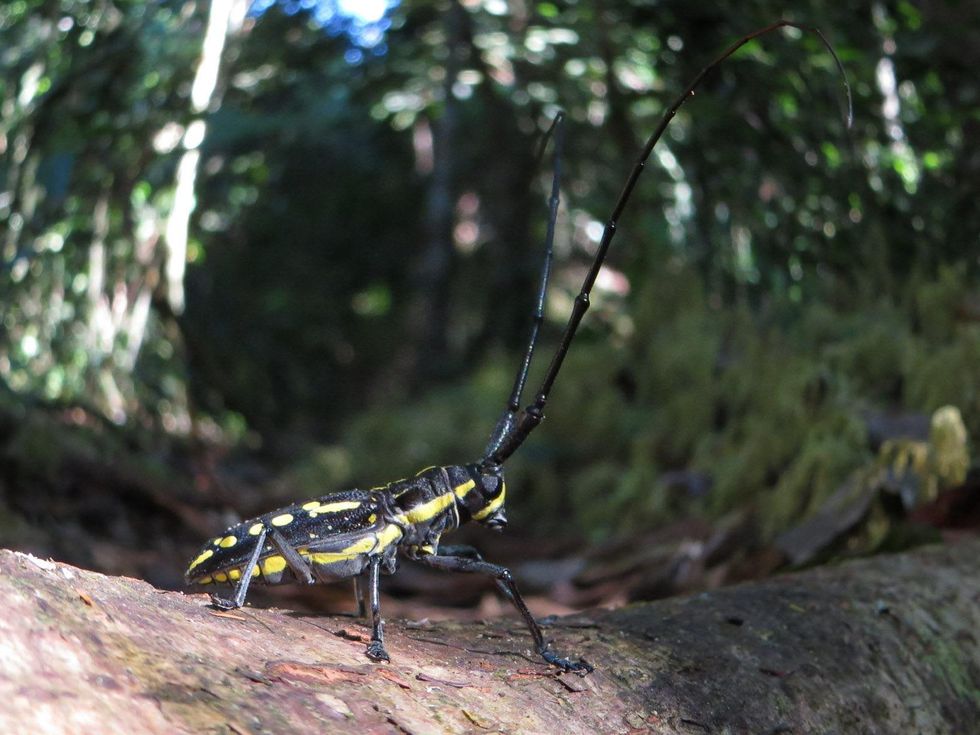
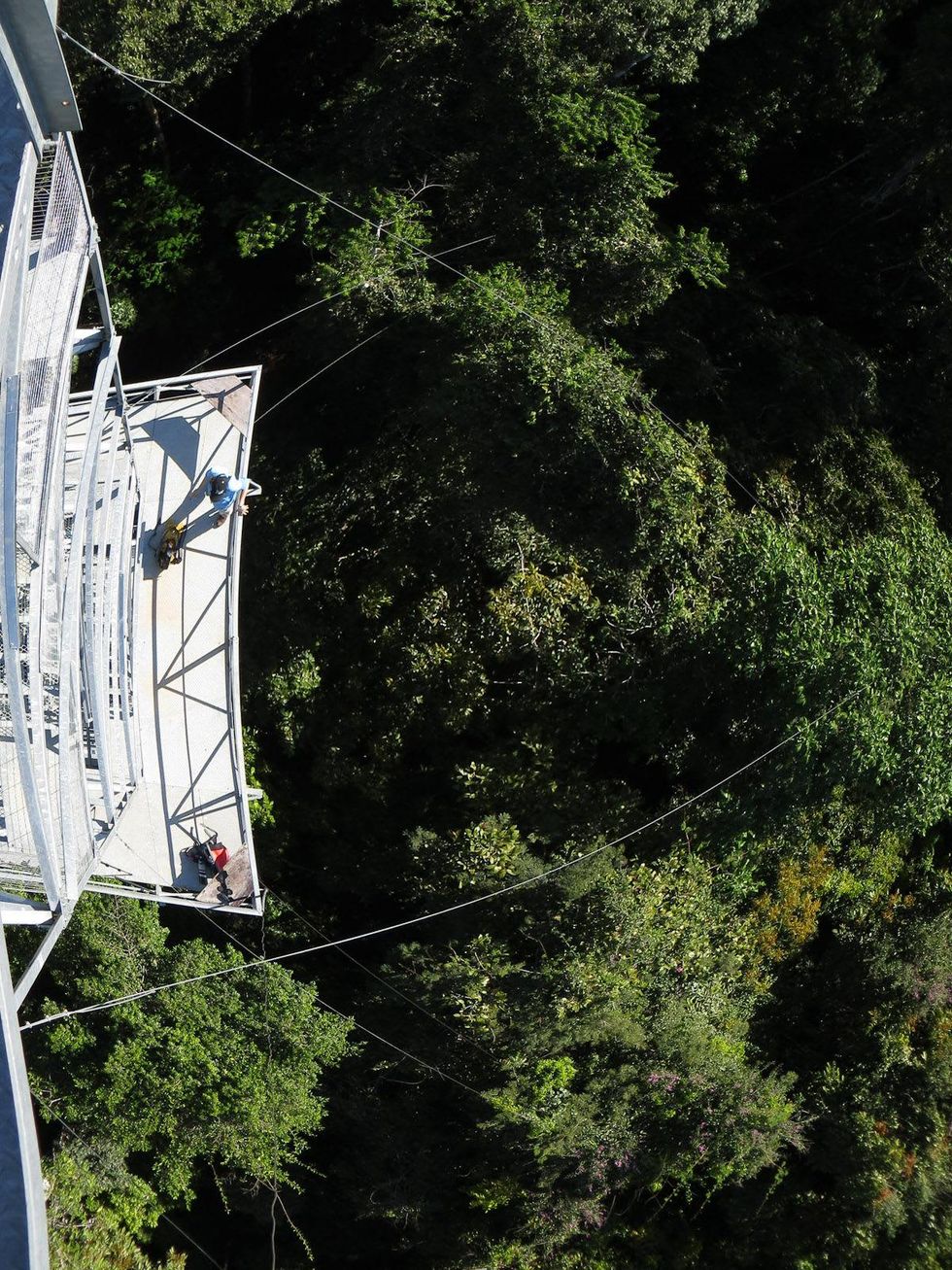
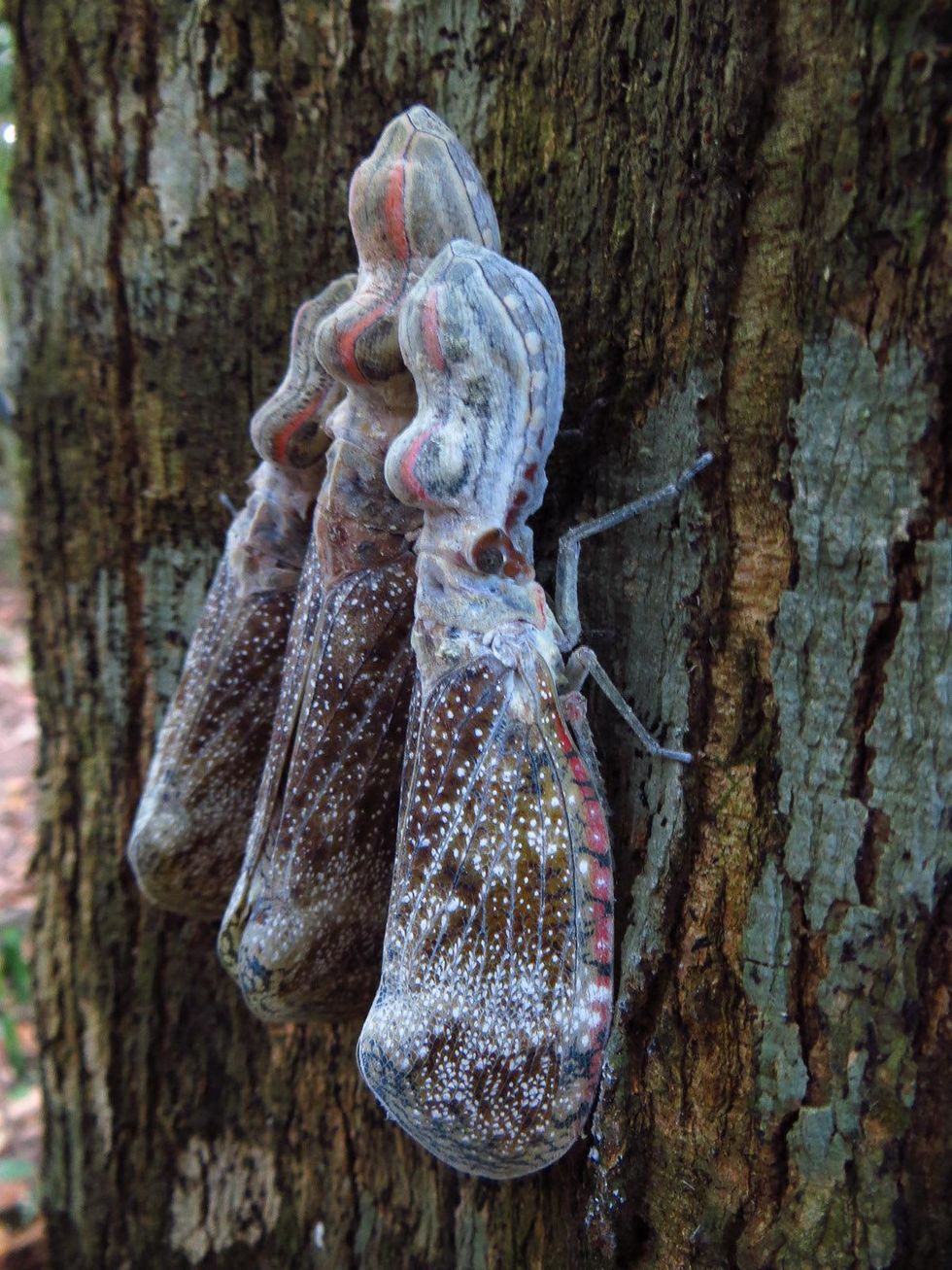
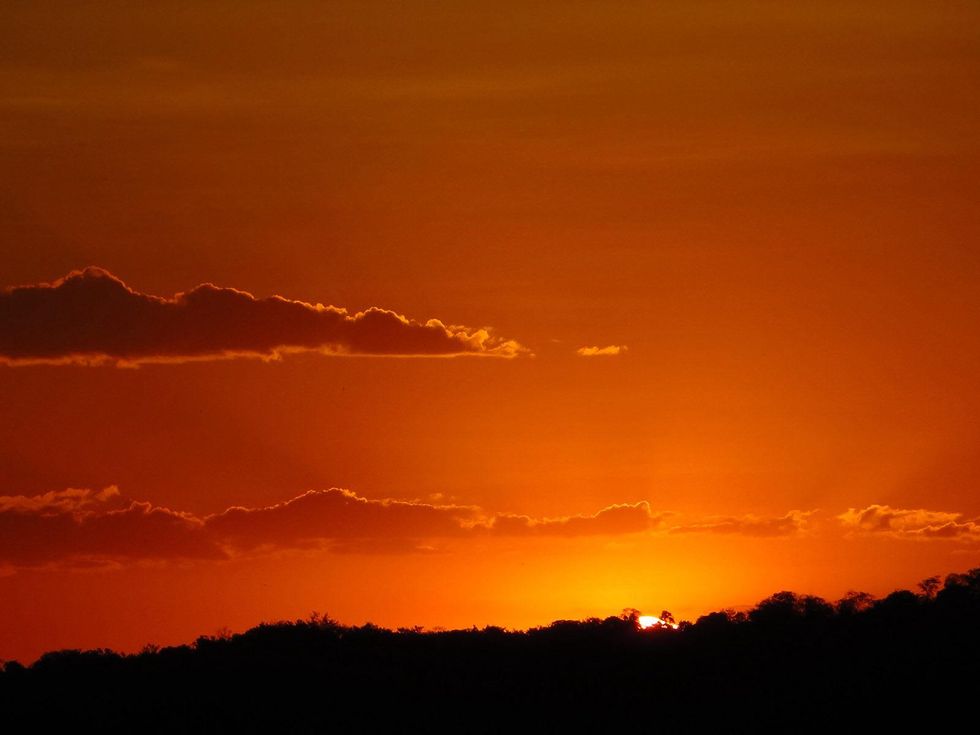

 The newly opened Totally Tejano Hall of Fame and Museum includes a growing collection of memorabilia. Photo by Edmond Ortiz
The newly opened Totally Tejano Hall of Fame and Museum includes a growing collection of memorabilia. Photo by Edmond Ortiz